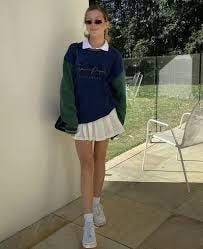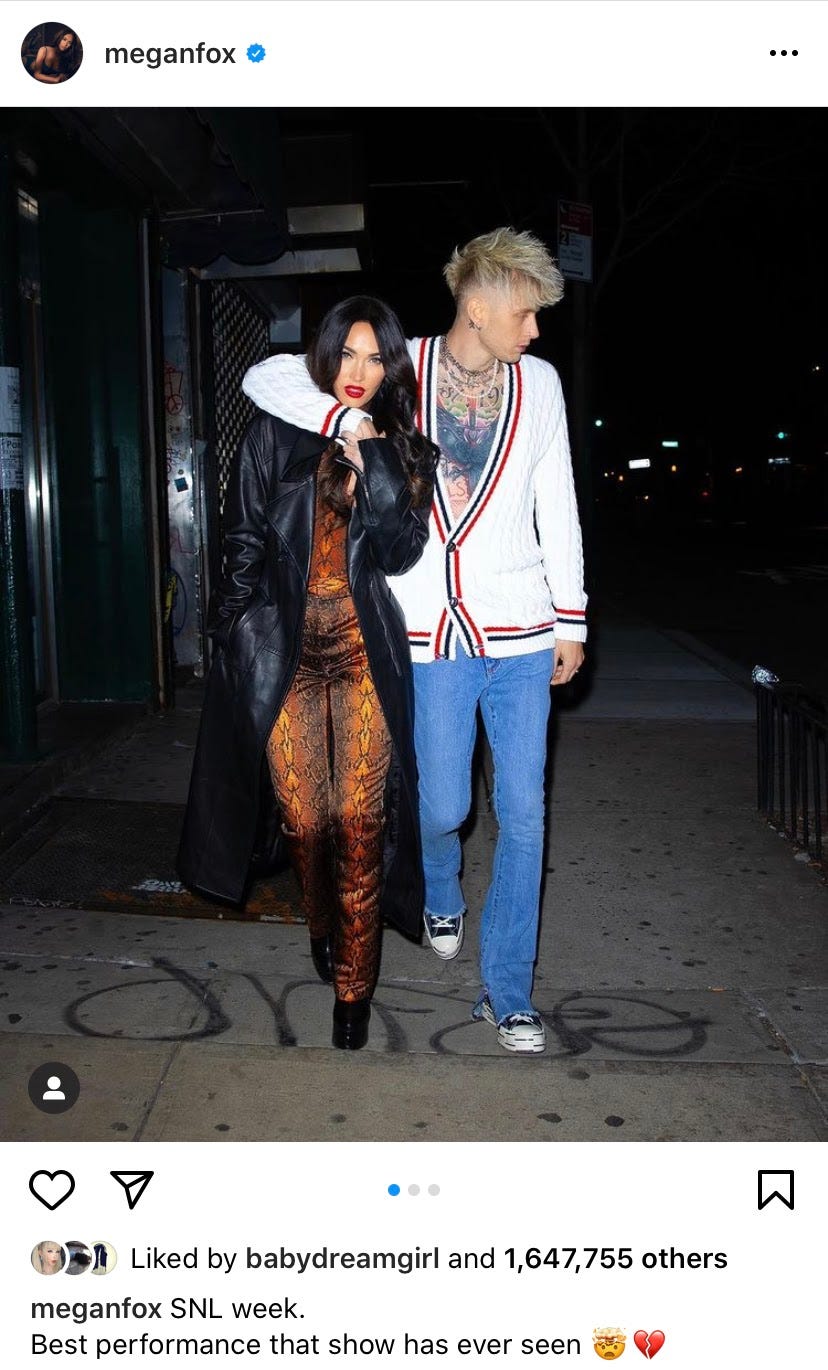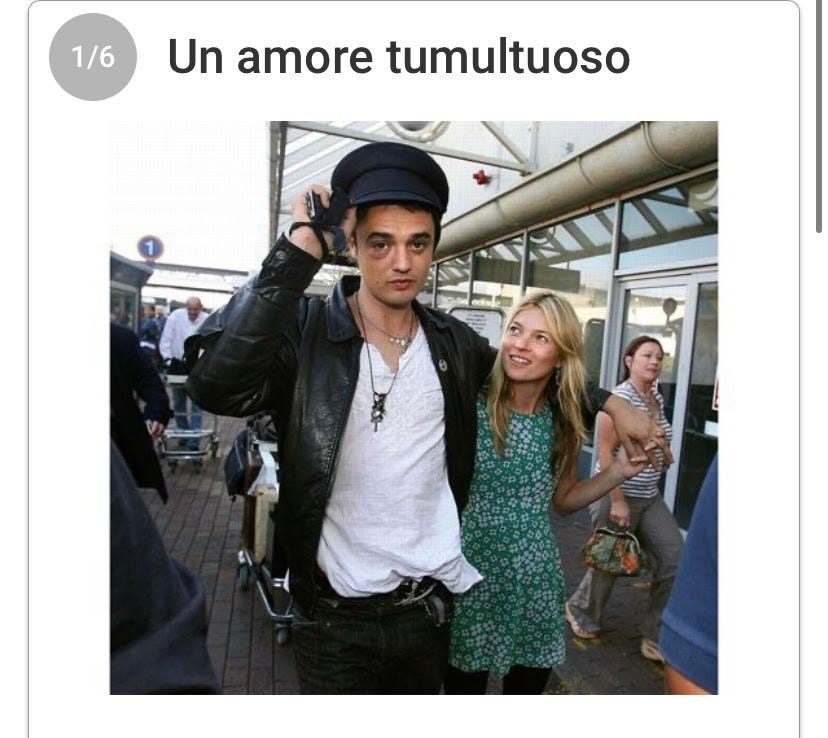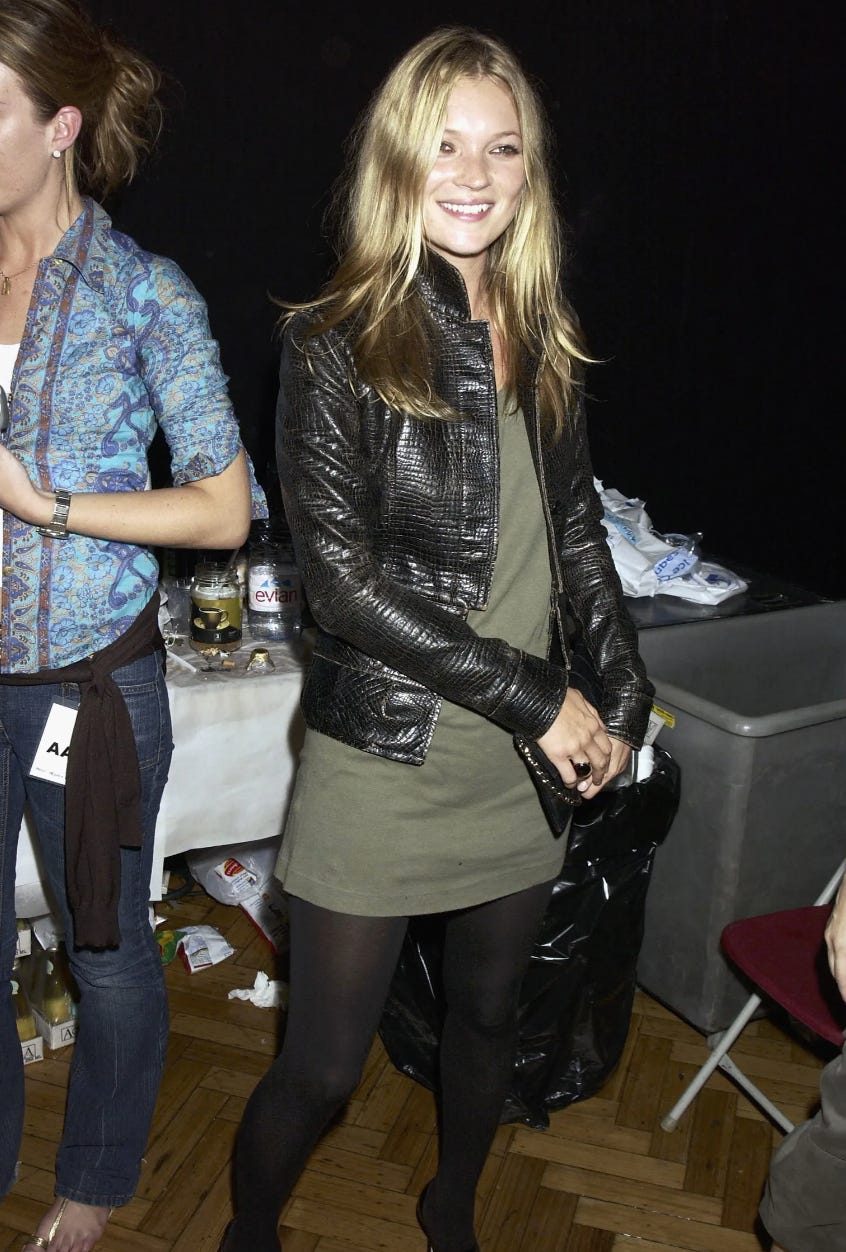The American Apparelification of Life
It's 2009 all over again baby!!!!!! Brain empty, body suit on, ready to go to Coachella.
Everyone’s era gets nostalgia-cycled in its own special little way. When it happens to another generation, it’s like, yeah duh, that’s just how life works, and when it happens to your generation it’s like, ??? You want to look like that? Which is how it felt when teens started wearing American Apparel again. Also when American Apparel rebranded as LA Apparel and started selling the same old shit. For a lot of money lol.
In what follows, we tried to make sense (what is “sense,” though) of Hipster Runoff’s return.
Love,
____
Charlie: Maybe the years 2008-2013 and their aesthetics—American Apparel, being indie—are literally just back because Biden is president? And because he’s returning to Obama-era liberalism as if nothing ever happened?
Jessie:I think there's more there. As hedonism and clubs become reviled due to the pandemic we're already seeing a shift to guitar music again, but also yes indie music and the associated styles are images of Whiteness at peace, which makes sense, given that Biden is also a representation of Whiteness at peace
I’m also curious about why exactly the hyper-styling of the last few years came about. A lot of it is IG and TikTok obviously, but it also seems tied to the tension between alone/communal that was already ramping up before the pandemic.
So like there's this perfectionist-goth-e-girl thing going on right––and it's all club and queer aesthetics, but it's made for the internet, done at home alone, and often by people that are too young to go to the club, and are straight. The perfectionism of it is too much for social spaces (gets messy), but it's also all fashion styles that clearly wear their communal influences on their sleeve, pulling mascara tricks from others, detritus of culture brands. It’s the opposite of the American Apparel aesthetic, which is uniform.
I have no grand thesis on this, but you see this tension of alone/sharing very clearly in it––where the American Apparel aesthetic is an aesthetic without work––you just buy it and wear it, it takes no effort, there's like five pieces to it total.
Beatrice: I think Jessie is really onto something with the alone/sharing idea. It actually reminds me even more almost of the very early American Apparel years, and pre-American Apparel, the way counter culture aesthetics were fragmented and packaged/marketed as platonic-ideal “types” of aesthetics which were robbed from queer and club culture.
TikTok and Instagram have built their business models off of streamlining the process of appropriation. As platforms, they reward novel appropriations. Extractive behavior is incentivized: people are motivated to mine and extract to help present this outward version of self. Which I feel like is enabled by being able to sort of do that process of mining in private, which I feel like Jessie really gets at with the alone/sharing framing.
I think that extra revulsion comes from people considering the actual communal nature of clubs to be decadent/perverse as it’s antithetical to the needs of the market. The actual social relations of the club are frivolous to the reproduction of capital through fashion.
Charlie: Everyone loved film cameras with flash then.
Jessie: I still love film cameras with flash but then I was the kind of girl who gladly wore the label “hipster” and no you can’t see the photos of me.
So what we’re getting at, I think then, is that maybe the return to the American Apparel aesthetic is a sort of “rejection” of the constant labor of the Instagram/Tik Tok style demand, which is of course at the same time a retreat into the comforts of a uniformity in which the uniform is like … dull re-iterations of aesthetics that at least once felt “novel” and now feel like, well, American heterosexuality in its simplest form? A communist uniform for the exhausted capitalist class sold to them by more capitalists maybe? ;)
Charlie: Jessie, what you said about the “uniform” reminded me of Rachel Rabbit White’s comments on the return of the collared shirt, especially the casual polo worn over a sweatshirt.
The question is why we want to look friendly. Is it because we’ve been starved for company? Is the vibe, “I want to look good without the pretension that I’m special,” and that’s why there’s a desire for a uniform?
I also can’t stop thinking about Megan Fox and her twink boyfriend. And like….his cardigan?
You know what it’s trying to give:
Jessie: We love empowered women 😻
Charlie: To transition (lol) slightly, another reason that I began noticing the return of this aesthetic is that me is that me and Sophie started an Indie Aughts Film Club, which is just basically the two of watching indie movies lol. We recently watched You, Me and Everyone We Know(2005), which stars Miranda July as a sensitive, quirky white woman and a white guy who lights his hands on fire in the opening scene. History has ended, but something is still off. What though? If you’re not allowed to understand that things happen for structural reasons, then of course they would seem to happen “randomly.”
Napoleon from Napoleon Dynamite (2004) is supposed to be funny because he’s “so random.”
Because nothing can happen at the level of politics, everything happens at the level of manners and taste. Main character archetypes form based off the particular way you fail to live up to social norms: the autist who can’t pick up on implicit cues (Napoleon); the quirkster who deviates for the sake of being different or because they just are (Zooey Deschanel); the sensitive one whose sensitivity allows them to feel that the rules are fake (Charlie from The Perks of Being a Wallflower).
One thing that scares me about the return of alt aesthetics is that a backlash against the politicization of everything has led not to a structural critique of the SJW-influencer-industrial complex, but to removing the material stakes from culture again. Which just gives you microwaved alt.
Alt is about deviation from the norm but without material consequences.
Which means the return of: blogs (makes sense, covid proved that media is over); flash photography of your friends just being random and/or partying; glasses without lenses; skinny jeans…
Jessie: Steve Aoki....
Enav: Calvin Harris
Charlie: Converse (not just high-top but low-top); graphic tees; Ed Hardy; Harmony Korine; leggings under dresses; jeggings; hats with brims; Terry Richardson…
Jessie: Leggings under dresses should be banned.
Charlie: ...the shrunken leather jacket…
Charlie: Everyone’s going to start dressing like Sophie did in 2009.
Sophie: Welcome to hell!
Jessie: Also we were young then and we are old now. So, maybe we are really just witnessing the ewige Wiederkehrfrom a slightly different slice of the temporal spectrum. Although there’s also a possibility that this 20 year fashion cycle was actually a temporarily brief moment—did things start looping on a hard tight loop of that in the 60s-70s? Additionally/alternatively, is everything we’re pontificating about merely gas and the financial system? I feel like we need to see what the actual hot sexy youth think.
Charlie: In one of his TikToks, my friend Ren Cooke argues that aughts culture came from a similar exhaustion with identity politics. Unfortunately, this exhaustion became Vice and the nihilistic, vapid culture it spawned. Like, there’s a reason that Gavin McInnes started the Proud Boys, and why so many Vice fans become Red Scare simps.
According to Ren, the “current moment”—much like the aughts—presents a similar exhaustion with identity politics. But if we’re discussing the return of American Apparel, then it would seem like like, unfortunately, that critique of idpol has just return to a Bush-era conservatism LARP as opposed to idk an analysis of how identities are socially reproduced and siloed under racial capitalism (e.g. the “fun pandemic”/Drunken Canal piece).
Precious: I don’t actually want this type of white person to come back. It’s only funny when a Zoomer is doing it because they were like seven when it was happening. Otherwise, it’s just anorexic white supremacy.
Charlie: To quote Ren, “There is a middle ground between rejecting identity politics and not sucking.” So how do we find it, together, whatever it is.











A few thoughts I wanted to add:
I would start the era much earlier, like 2005-2006. I was scouted for AA modeling in LA in 2006 and one of the criteria was a hyper-natural look, “Dov likes imperfect skin and eye bags” (within the subset of “models” and not in general). Of course he fetishized and took body appreciation to a dark place, but I think part of the current revival is partly due to backlash against the perfected, Facetuned Instagram aesthetic. We’ve seen makeup trends shift from perfected extreme makeup looks to natural faces, wild brows, no eye makeup, and the rise of elaborate skincare - esp since Covid, with so many staying home and letting their faces/hair “go natural” for that period of time. AA used to represent a kind of very casual glamour - “I woke up like this” - and earthy sexiness/viscerality that seem contrasted to the sterility of most curated online existence. Thanks for this post, it was really thought-provoking!
Not sure who any of these people are, but as a fan of American Apparel,